Voices of the Water fellow Lucy and the Summer Holiday Club 2022
When I think about water, my favourite memories have always been playful experiences and sometimes even now that I am a young adult, I still imagine myself as a mermaid. I take a deep breath in, I dive deep below the surface, slowly gliding, mimicking the motion of waves using my body. I feel a part of the water and for a few seconds, I am transported to a different world where my vision is blurry, but I can just about make out what direction I need to swim to. A meditative state of serenity, drowning out the noise, even if this moment only lasts for a few seconds as I gasp for air frantically, it still feels fulfilling.
When Global Generation asked me to help as one of the staff for the summer holiday club at the Story Garden, I was really excited because it wasn’t a job I was familiar with. I was slightly reluctant thinking about the idea of working with children, because as a 19-year-old with a 4-year-old niece, it’s not always appealing observing my sister having to be a responsible role model all the time. Although I labelled myself as “not really a kid’s person” I came to realise that during the summer school I actually loved working with children and maybe I’m not so much of a Grinch after all.
I have been part of Global Generation since I was in year 8. I started as a participant in the Generator Programme at the old Skip Garden, then became an ambassador, supporting younger people and last year I started a fellowship programme co-leading and taking part in events and workshops in the Voices of the Earth Project. But during the Summer Club last August, I found myself on the flipside (as a staff member) and that was a real shift in perspective. This included having quick meetings to discuss and organise each day and session for the children. It felt so surreal thinking that in that moment, I was “behind the scenes”. I was responsible for making sure the sessions were filled with activities, stories, fun, food, learning and opportunity. I had an influence on being able to make them feel special and heard, remembering how special and ‘heard’ the staff made me feel as a Generator. It made me nostalgic, realising that childhood memories which are woven with such passion, effort and care are the memories that really stick in a child’s mind, and I’m an example of that.
Children love stories. Stories are a magical way of weaving imagination and perspective into any given topic. The theme we focussed on was water and Silvia told the story of Taniwha the Dragon who lived in the River Fleet - a river which now passes under our feet in the story garden - many centuries ago, before human civilisation and our greed had such destructive effects on the planet. One story I was told as a child which sticks with me today is called “Tiddalick the frog”; a frog whose greed ended up impacting all the other wildlife and the environment, resulting in a drought which caused all of the animals to work together to see the water restored and the land healed. One lesson I learnt as a child from this story was not to be greedy. I ended up naming our neighbour’s fat cat, who always used to beg us for food, after Tiddalick the frog which somewhat brought the story into physical perspective for me as a child. However, when reflecting on this story I now reframe Tiddalick to the current and strong lens of reality which is climate change.
Can stories save the world? Are stories the best way to help humans understand what's going on? are stories the best way to describe the invisible connections between all the beings?
Taniwha the dragon inspired me and the kids of the summer club through different creative activities, a water moon ritual, a trip to Camley Street Natural and to the Somers Town History Museum. We also got the opportunity to work with the artist Bryony Benge-Abbott to add to the Phoenix Court Mural, looking at sea creatures that were part of different cultural stories.
My favourite activity was the land art of the River Fleet. Land art is made directly in the environment by sculpting the land itself or by making structures within the landscape using natural materials. This art form has been around for thousands of years, but the most recent movement emerged in the 1960s and 70s. The movement protests against the commercialization of artmaking, urban living and sheds light upon an emergent ecological movement - rural living - which reminds humans that the earth is our home, and we mustn’t take for granted what has always been around for us, until it isn’t.
Creating the land art was an amazing way to encourage the children to experiment with different materials within their reach in the garden, to see resources all around them and to transfer their imagery of Taniwha’s story into the physical world. We imagined what Taniwha and the River Fleet looked like before it was buried by buildings and infrastructures.
For me, Taniwha the dragon represents hope and vitality. She strives with energy, bursting with life to all living things. Spreading this story shapes the passion and hope I have that humans, especially children, can absorb, digest and learn, in order to grow not only as climate activists but, with Taniwha’s spirit, hopeful protectors of this beautiful earth. I believe that giving the younger generation this outlook, magical and creative, can only encourage and attract positive change to our world.
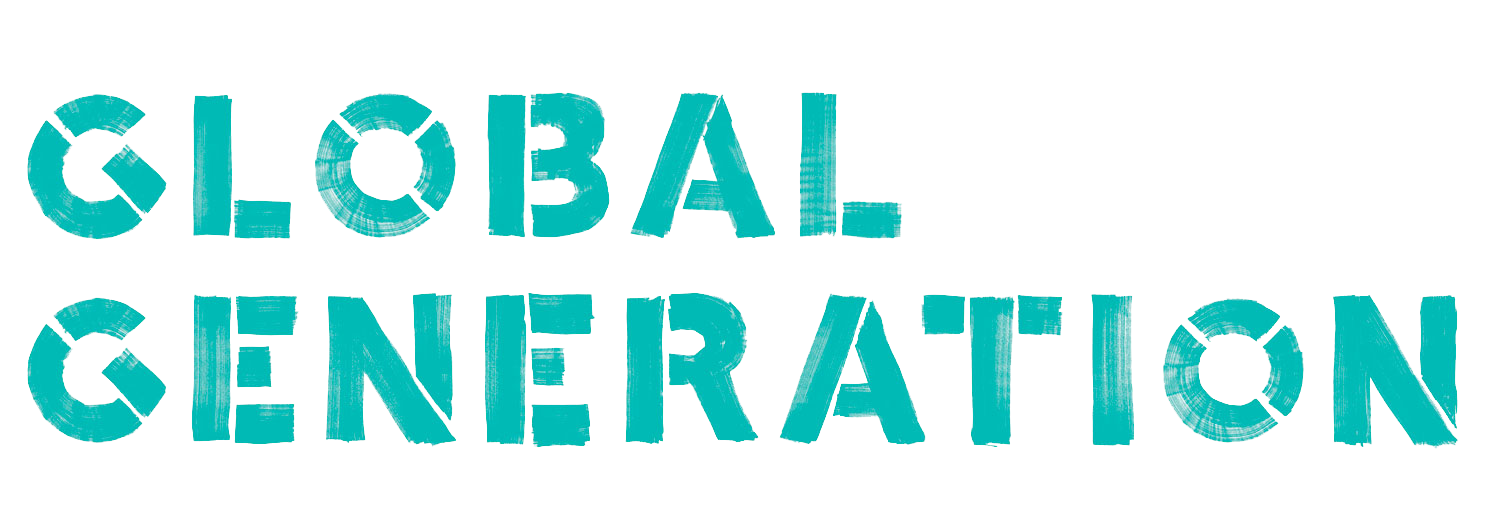

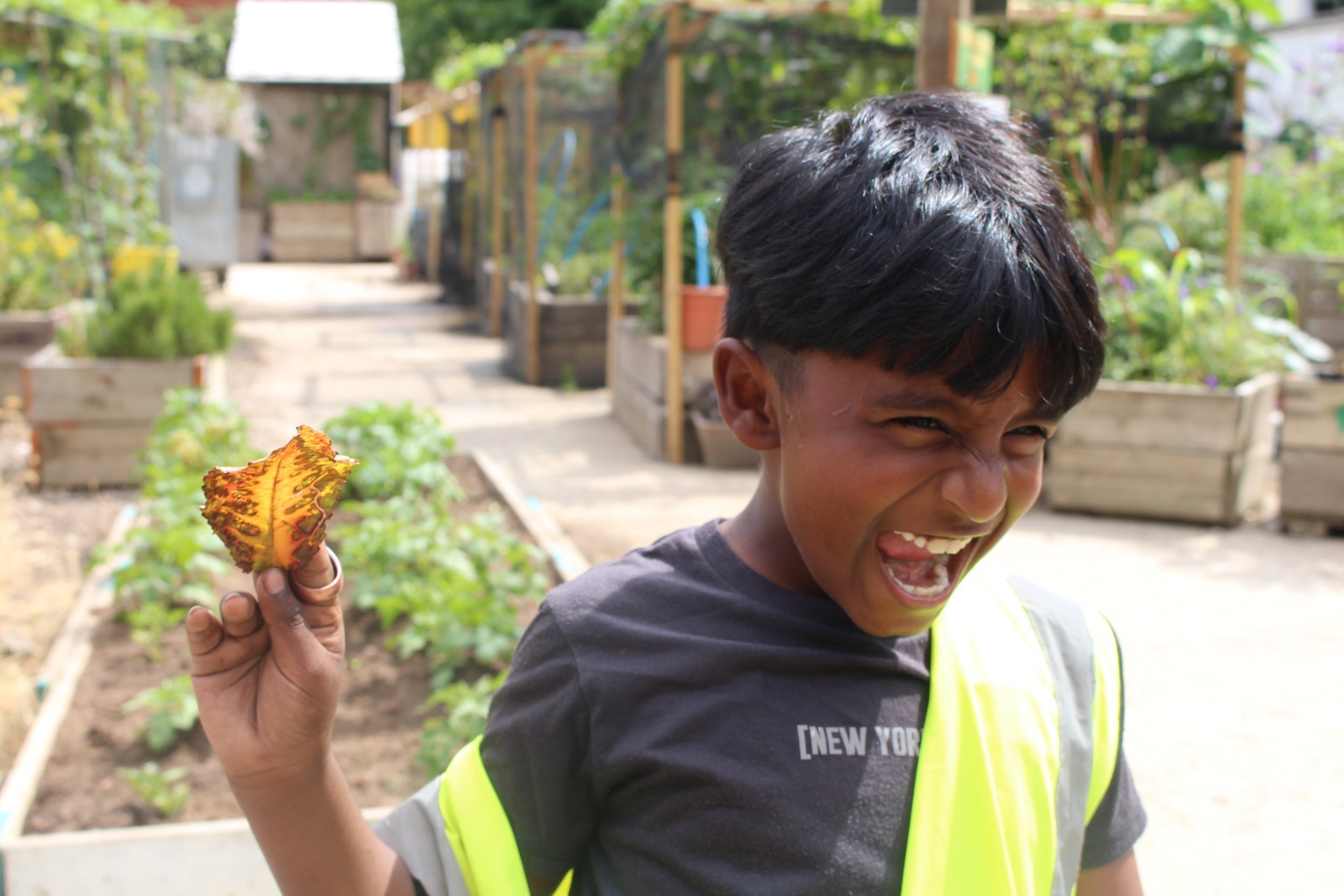
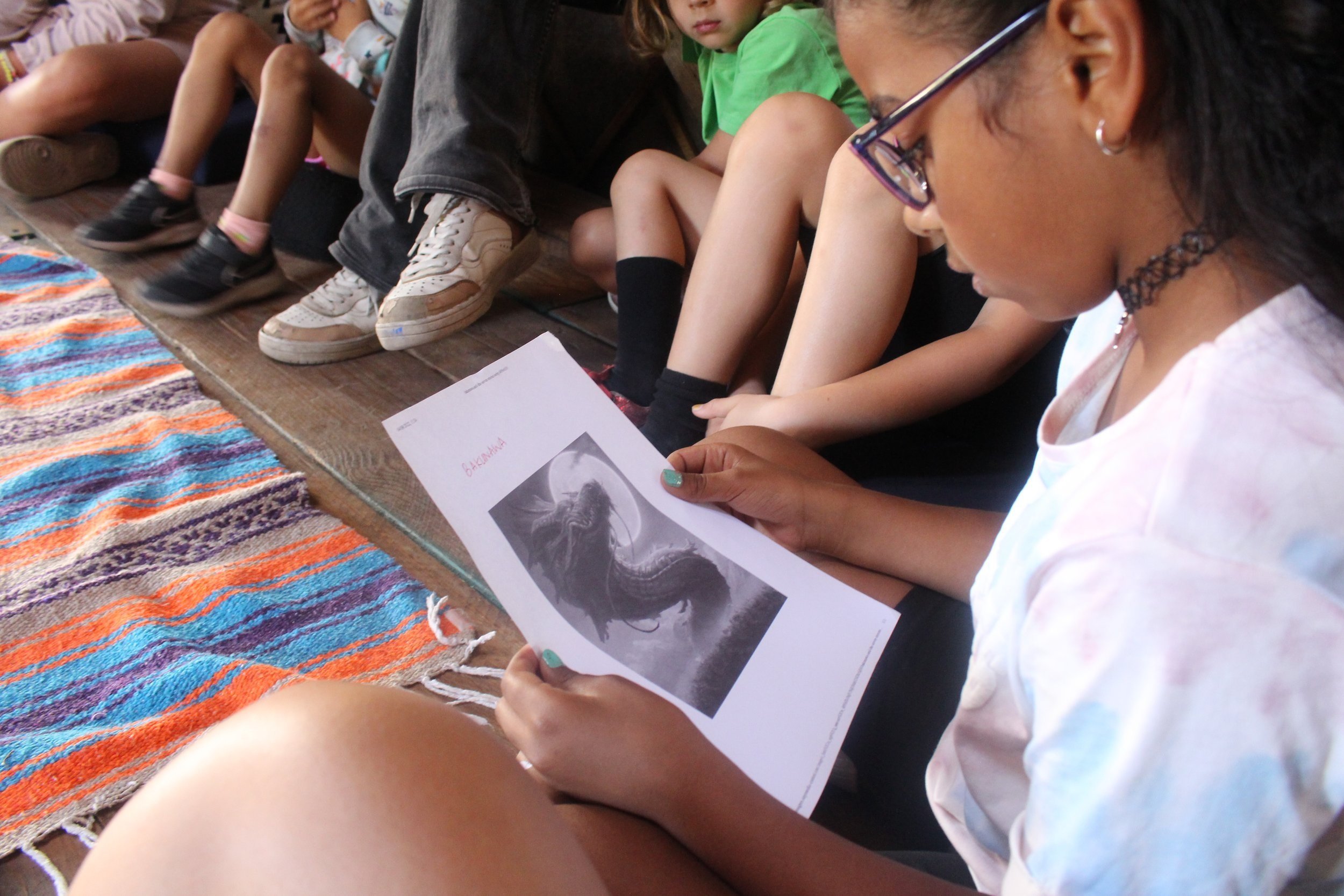
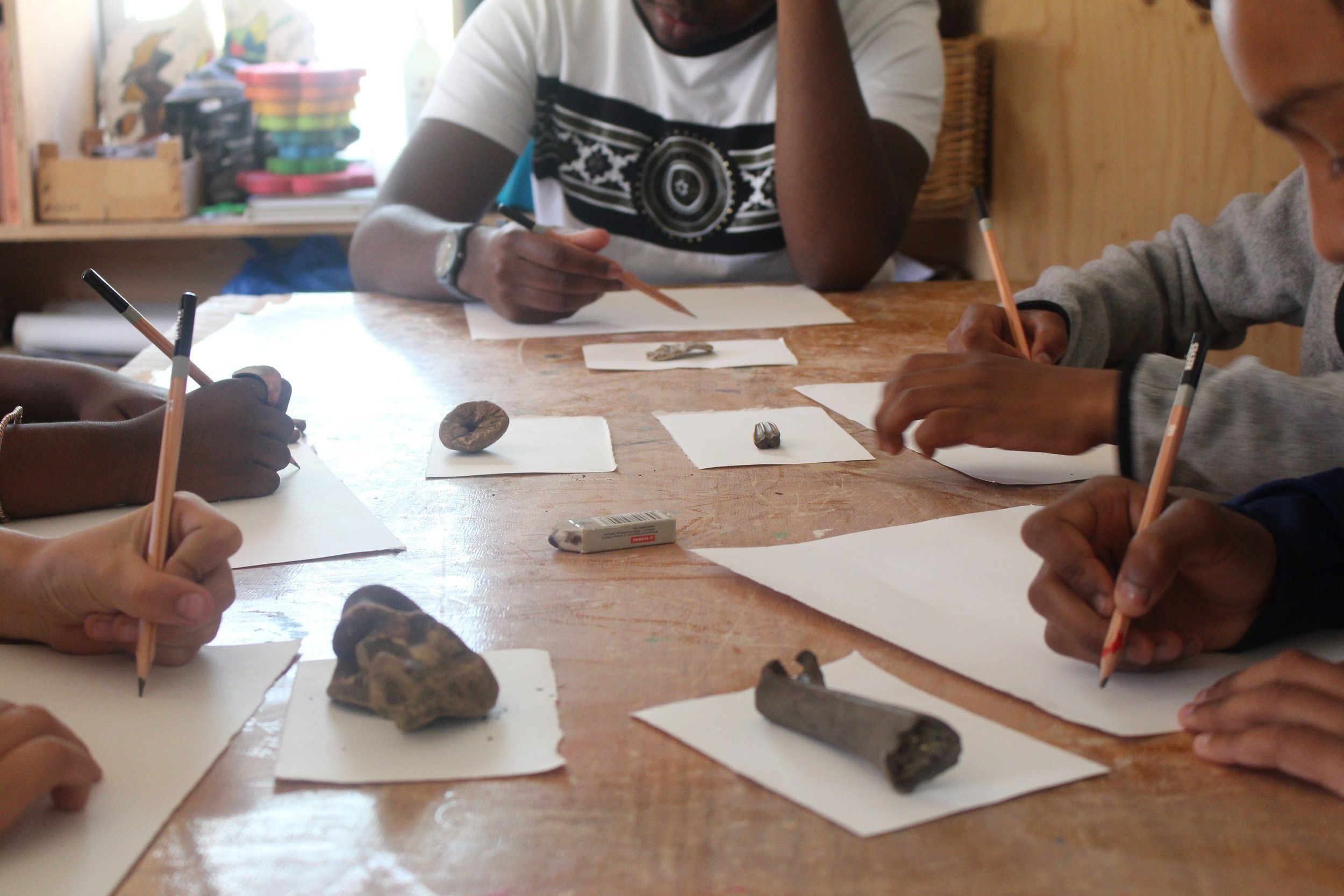
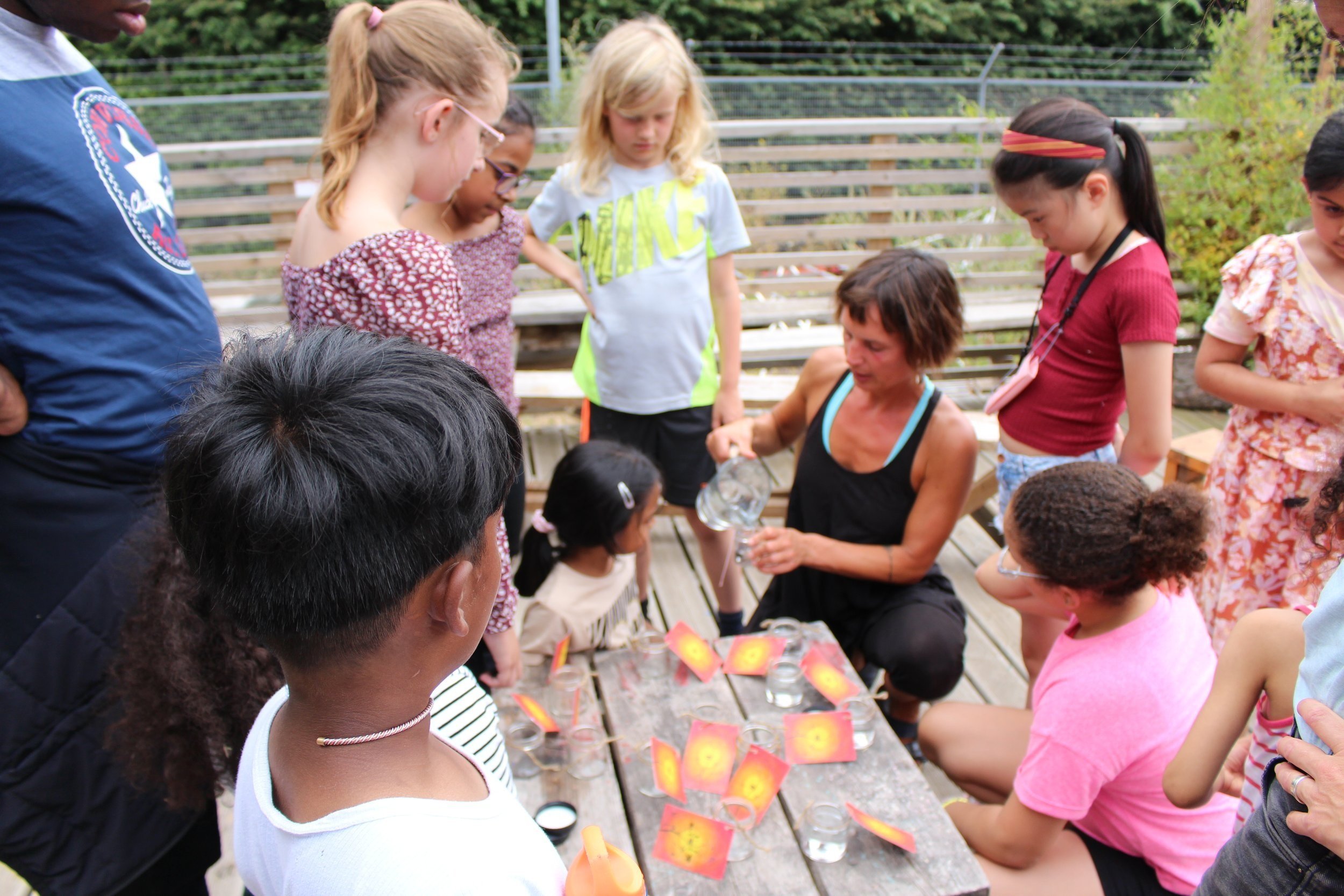
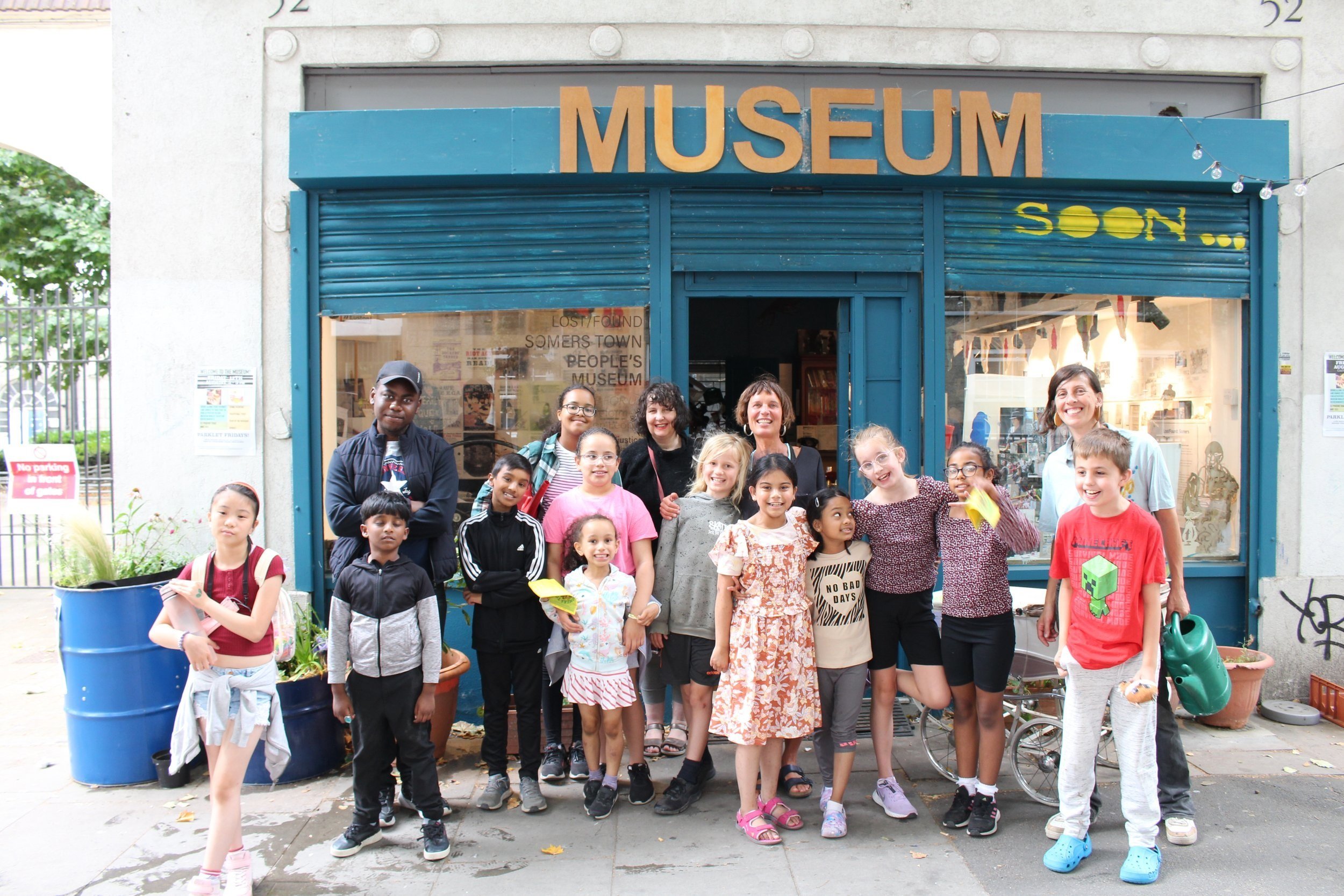
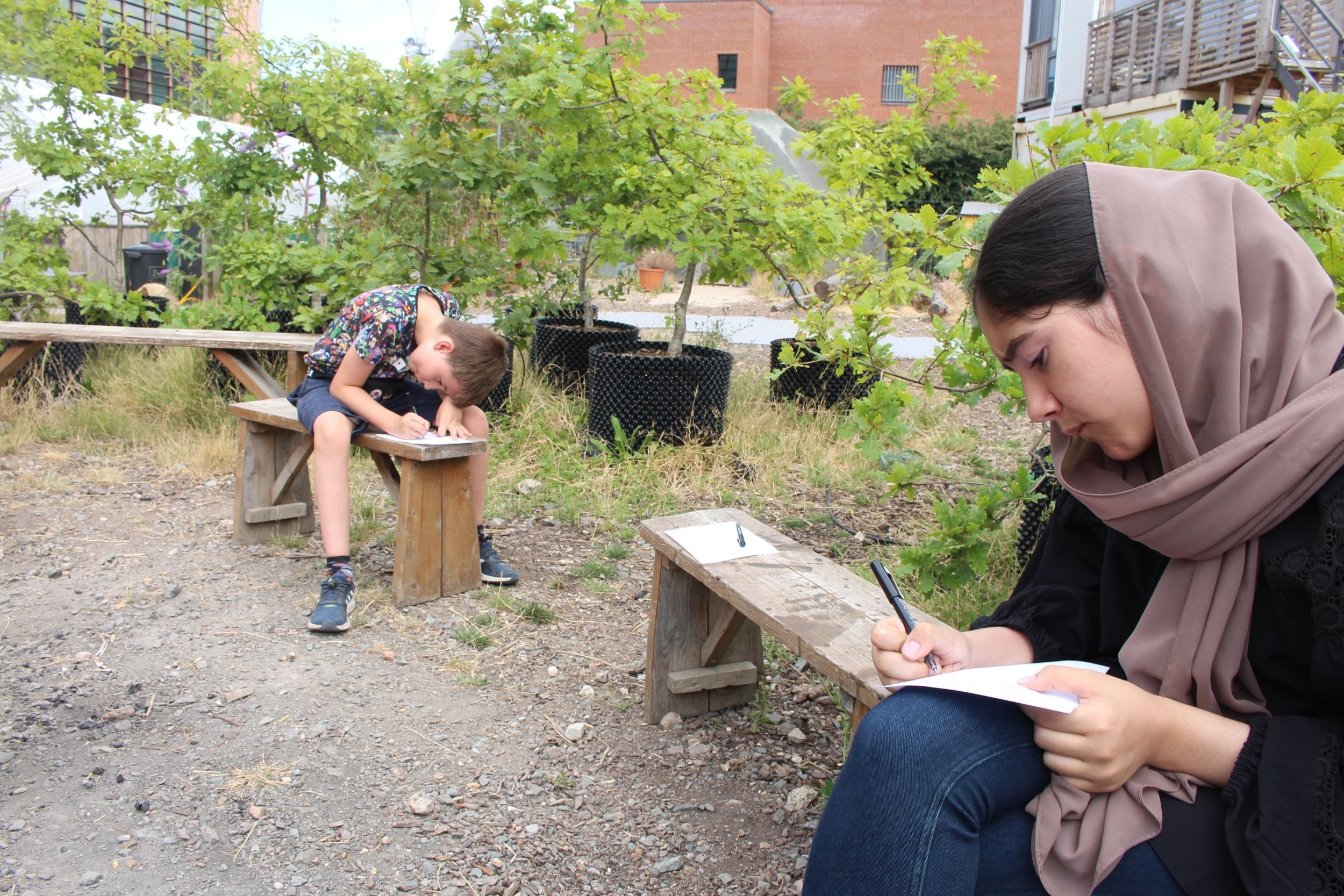



The barge art session hosted by Sarah Pimenta and Pia Jones was reviving.